Rare Animal Bones Found in Arctic Cave
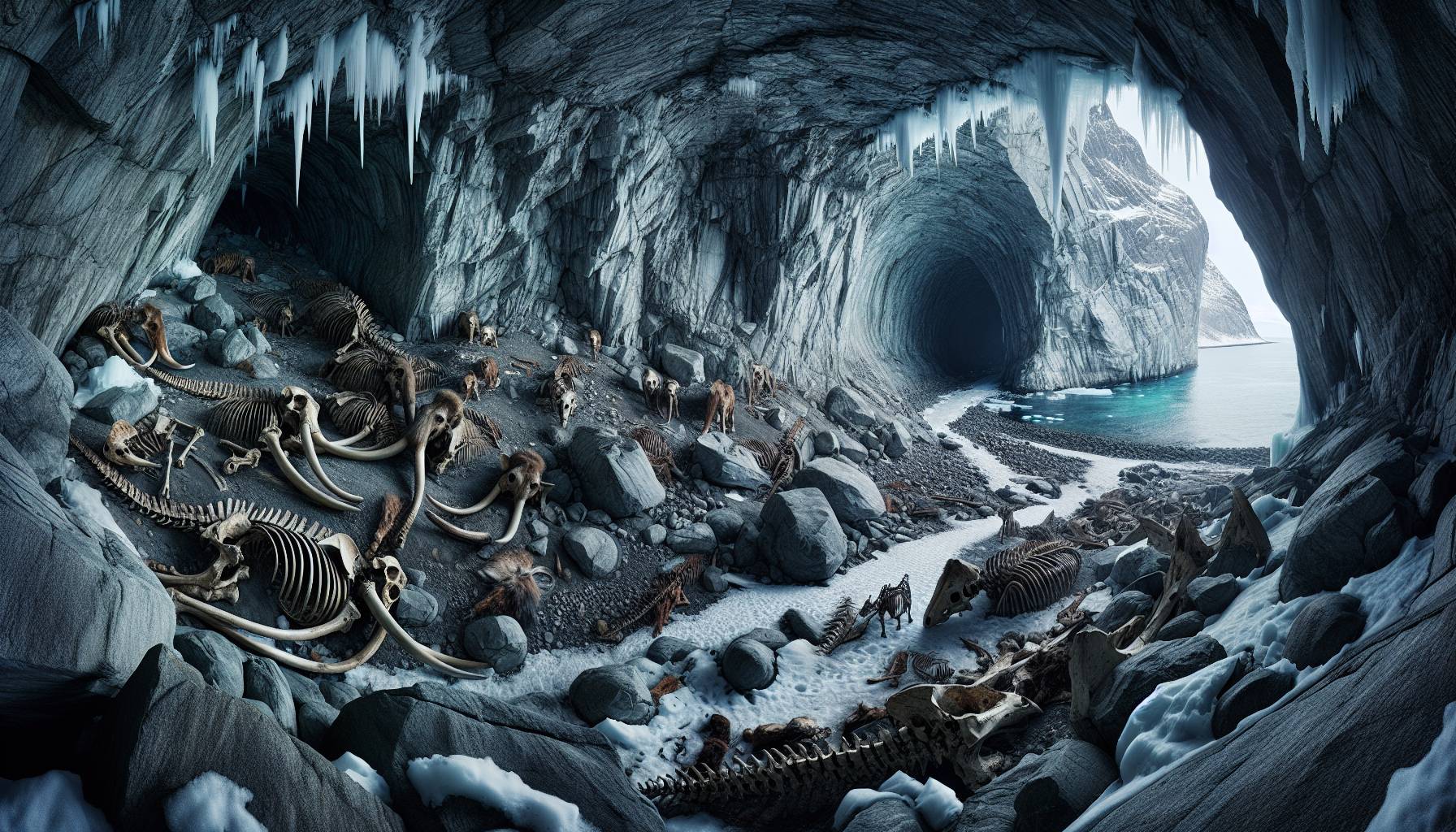
ScientistshavefoundrarebonesofanimalsthatlivedintheEuropeanArcticduringawarmerperiodoftheiceage 75,000 years ago.
科學家發現了 75,000 年前冰河時期較溫暖時期生活在歐洲北極地區的動物的稀有骨骼。
Theremainsof46typesofanimalsincludingapolarbear, walrusandAtlanticpuffinwerefoundinacaveonthecoastofnorthernNorway.
挪威北部海岸的一個洞穴中發現了北極熊、海象和大西洋海鸚等 46 種動物的遺骸。
Itistheoldestexampleofananimalcommunityduringthistime.
這是這時期動物群落最古老的例子。
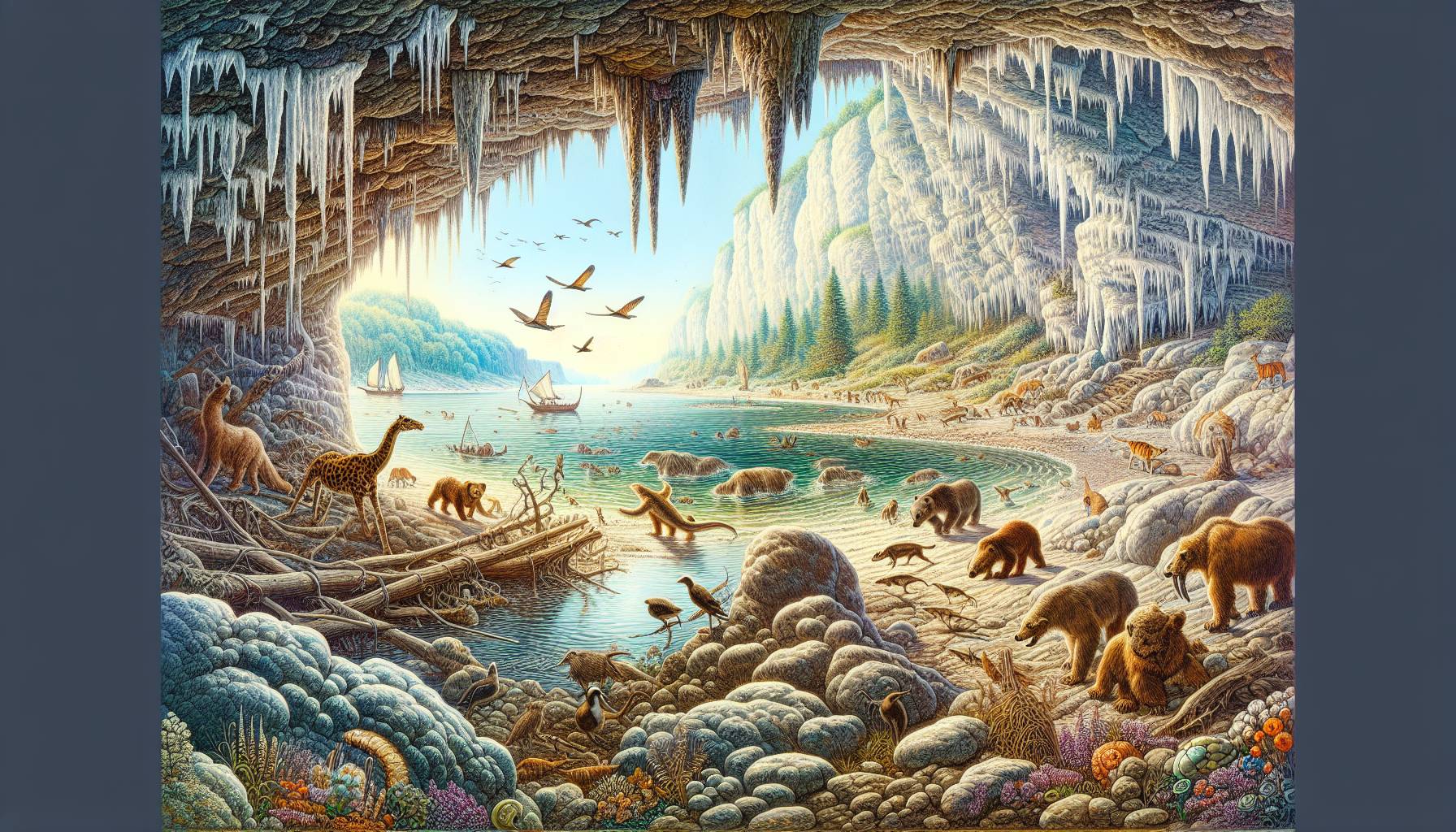
Theresearcherssaythediscoverycouldhelpthemunderstandhowwildliferespondedtodramaticchangestotheclimatebackthenwhichcanbeusedforconservationworktoday.
研究人員表示,這項發現可以幫助他們了解野生動物對當時氣候的劇烈變化的反應,這可以用於今天的保育工作。
TheArneQvamgrottacaveinNorwaywasfirstdiscoveredinthe1990sbutexcavationsin 2021 and 2022startedtounearththecave'ssecrets.
挪威的阿爾內庫瓦姆格羅塔洞穴於 20 世紀 90 年代首次被發現,但 2021 年和 2022 年的挖掘工作開始揭開該洞穴的秘密。
ProfessorSanneBoessenkool, oftheUniversityofOslo, said:"WehaveverylittleevidenceofwhatArcticlifewaslikeinthisperiodbecauseofthelackofpreservedremainsover 10,000 years old."
奧斯陸大學的桑妮·博森庫爾教授表示:“由於缺乏保存下來的 10,000 多年前的遺跡,我們幾乎沒有證據表明這一時期的北極生活是什麼樣的。”
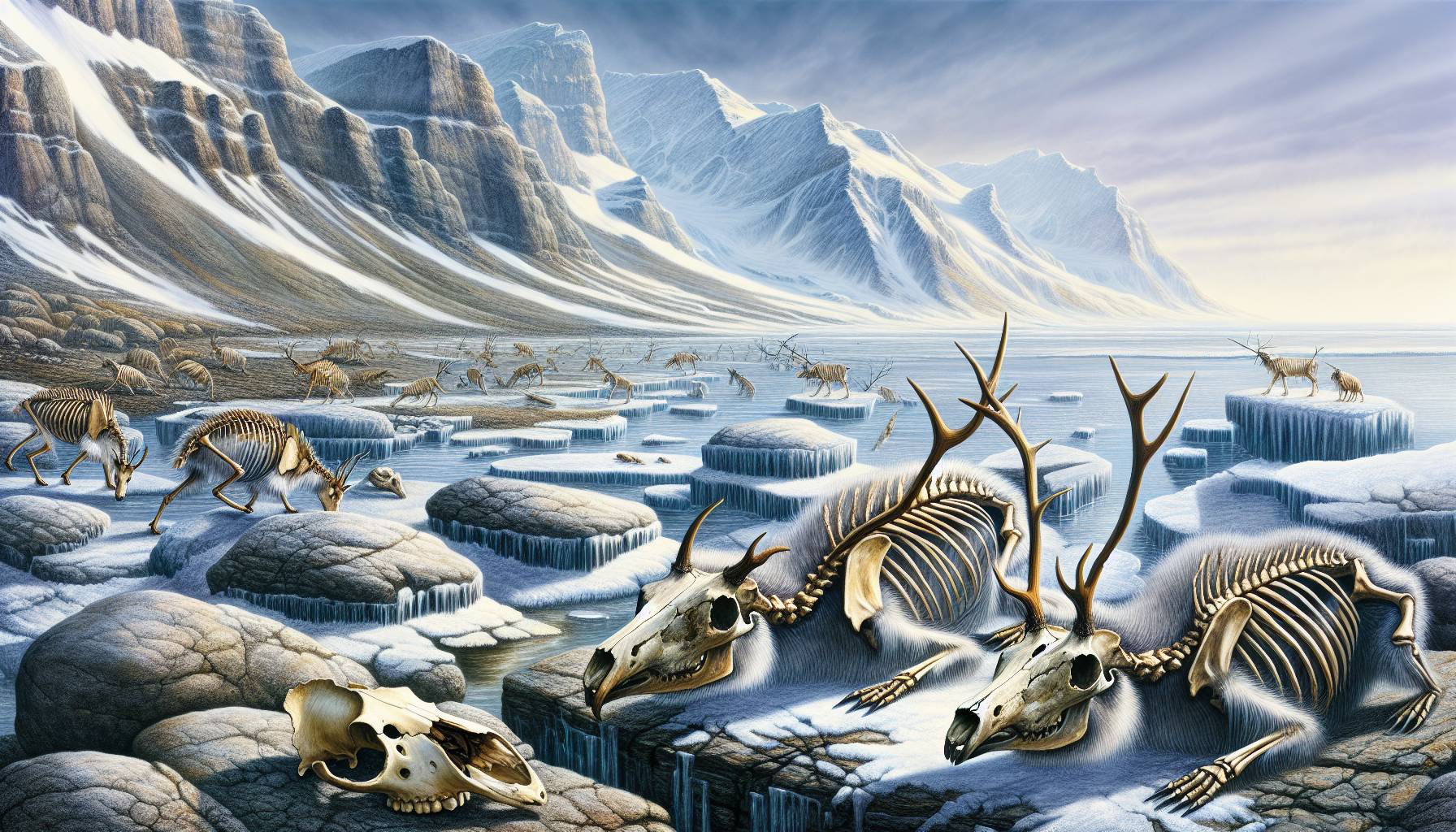
Thecavehasnowrevealedadiversemixofanimalsinacoastalecosystemrepresentingboththemarineandtheterrestrialenvironment.
該洞穴現已揭示沿海生態系統中多種多樣的動物,代表了海洋和陸地環境。
Amongtheanimalsfoundwerecollaredlemmings, aspeciesthatisextinctinEuropeandhadneverbeenfoundinScandinaviabefore.
發現的動物包括旅鼠,這種動物在歐洲已經滅絕,此前從未在斯堪的納維亞半島發現過。
Fromthetypesofanimalremainsfoundhere, thescientistsconcludedthatthecoastwouldhavebeenicefree, providingagoodhabitatforthemigratoryreindeerwhoseremainstheyfound.
根據在這裡發現的動物遺骸類型,科學家們得出結論,這片海岸可能沒有冰,為他們發現遺骸的遷徙馴鹿提供了良好的棲息地。
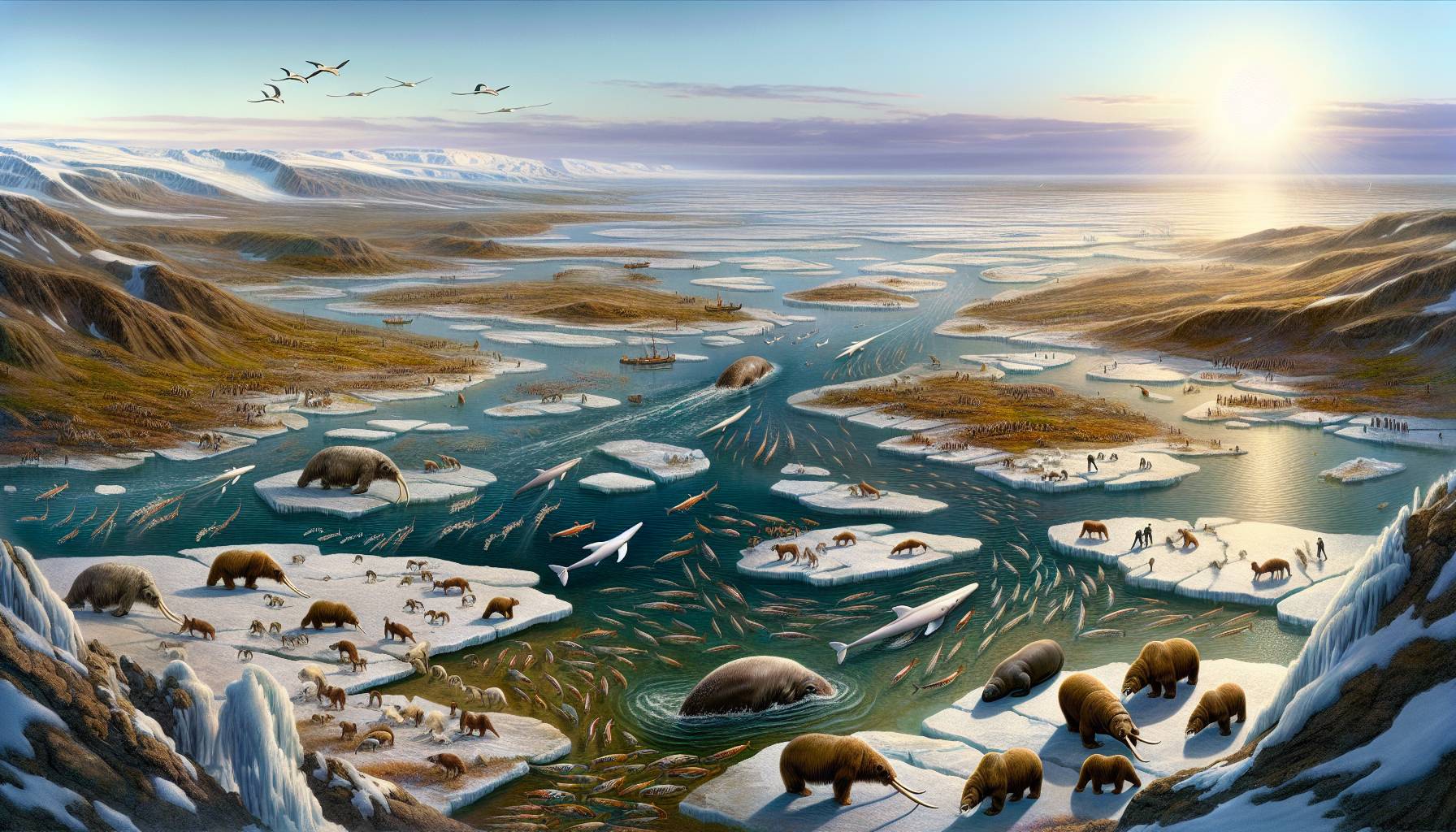
Theysaytherealsowouldhavelikelybeenlakesandriversbecauseofthepresenceoffreshwaterfishandthatsomeseaicemusthaveremainedforbowheadwhalesandwalruses.
他們表示,由於淡水魚的存在,那裡很可能存在湖泊和河流,一定還有一些海冰供北極露脊鯨和海像生存。
DrWalkerwasoneofthescientistsworkingonthestudyfromBournemouthUniversity.
沃克博士是伯恩茅斯大學參與這項研究的科學家之一。
Hesaidtheremainshighlight"howcoldadaptedspeciesstruggletoadapttomajorclimaticevents."
他說,這些遺骸凸顯了「適應寒冷的物種如何努力適應重大氣候事件」。
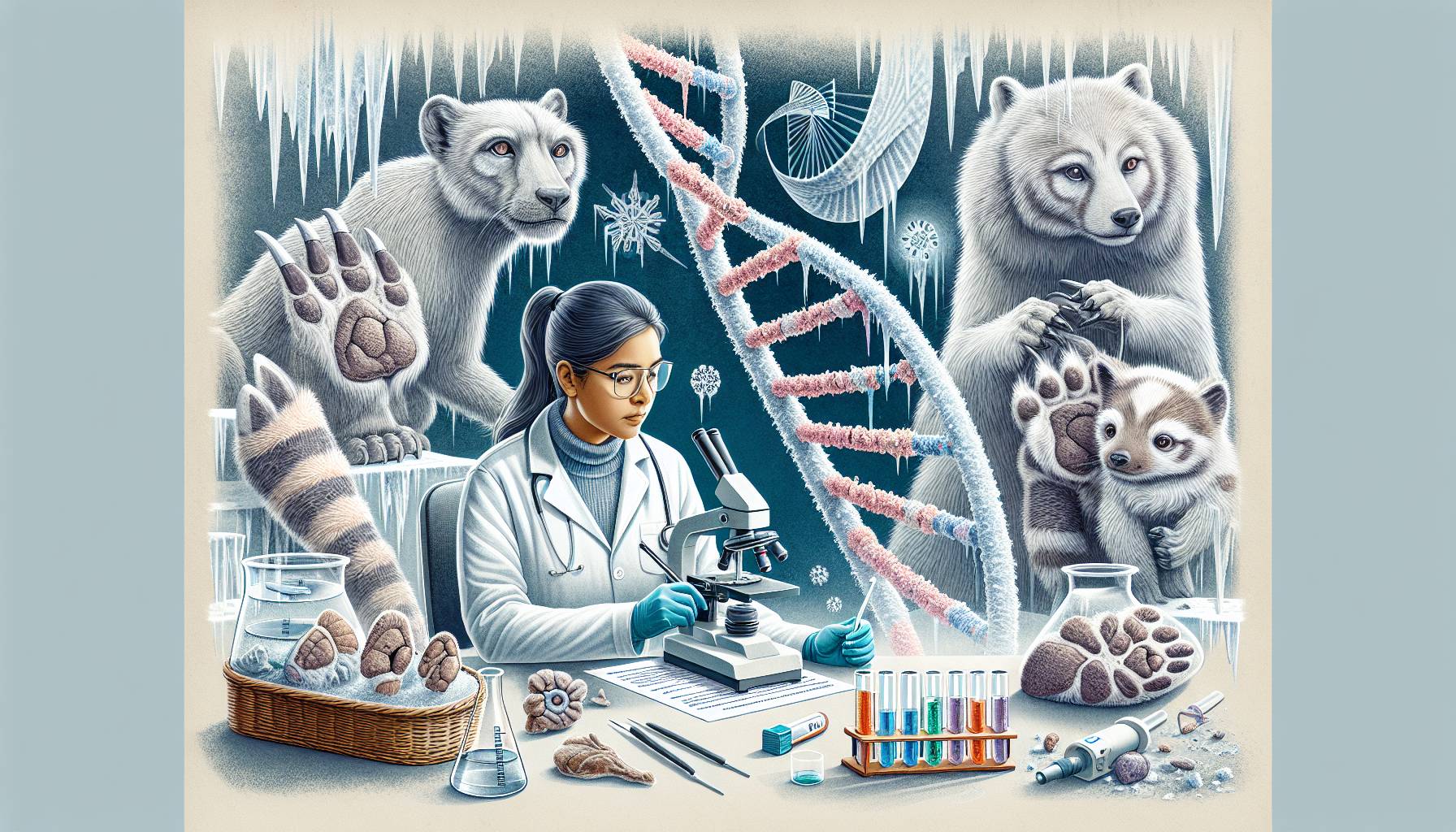
ThescientiststestedtheDNAoftheanimalsandfoundthattheirfamilyline-theirlineage-didn'tsurvivewhentheconditionsgotcolderagain.
科學家對這些動物的 DNA 進行了檢測,發現當氣候再次變冷時,它們的家族譜系——它們的血統——無法存活。
Thesayit'slikelybecausetheanimalslivedthereoncetheglaciersmeltedbutoncetheicereturned, theycouldn'tmovetoanotherareatoliveinandsotheirpopulationsdied.
他們說,這可能是因為冰川融化後動物就住在那裡,但一旦冰川再次覆蓋,它們就無法遷移到其他地方居住,因此數量就會減少。

Scientists have found rare bones of animals that lived in the European Arctic during a warmer period of the ice age 75,000 years ago.
The remains of 46 types of animals including a polar bear, walrus and Atlantic puffin were found in a cave on the coast of northern Norway.
It is the oldest example of an animal community during this time.

The researchers say the discovery could help them understand how wildlife responded to dramatic changes to the climate back then which can be used for conservation work today.
The Arne Qvamgrotta cave in Norway was first discovered in the 1990s but excavations in 2021 and 2022 started to unearth the cave's secrets.
Professor Sanne Boessenkool, of the University of Oslo, said: "We have very little evidence of what Arctic life was like in this period because of the lack of preserved remains over 10,000 years old."

The cave has now revealed a diverse mix of animals in a coastal ecosystem representing both the marine and the terrestrial environment.
Among the animals found were collared lemmings, a species that is extinct in Europe and had never been found in Scandinavia before.
From the types of animal remains found here, the scientists concluded that the coast would have been ice free, providing a good habitat for the migratory reindeer whose remains they found.

They say there also would have likely been lakes and rivers because of the presence of freshwater fish and that some sea ice must have remained for bowhead whales and walruses.
Dr Walker was one of the scientists working on the study from Bournemouth University.
He said the remains highlight "how cold adapted species struggle to adapt to major climatic events."

The scientists tested the DNA of the animals and found that their family line - their lineage - didn't survive when the conditions got colder again.
The say it's likely because the animals lived there once the glaciers melted but once the ice returned, they couldn't move to another area to live in and so their populations died.
Play News
or click any sentence to play
More News coming up

Artemis II Astronauts Prepare for Moon Trip

The Unexpected Origins of Potatoes and Tomatoes
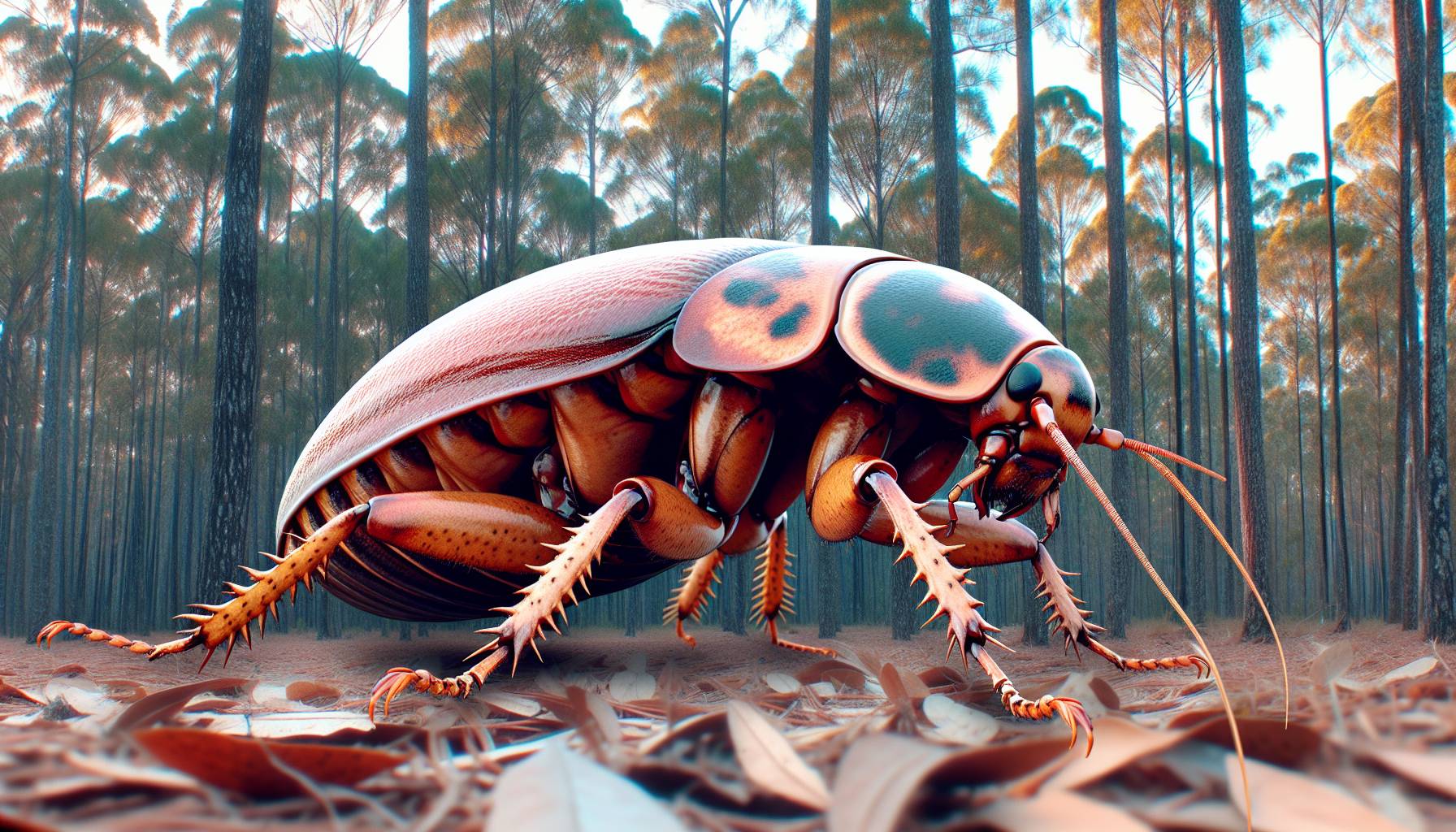
Newly Discovered Australia Stick Insect Surprises Experts
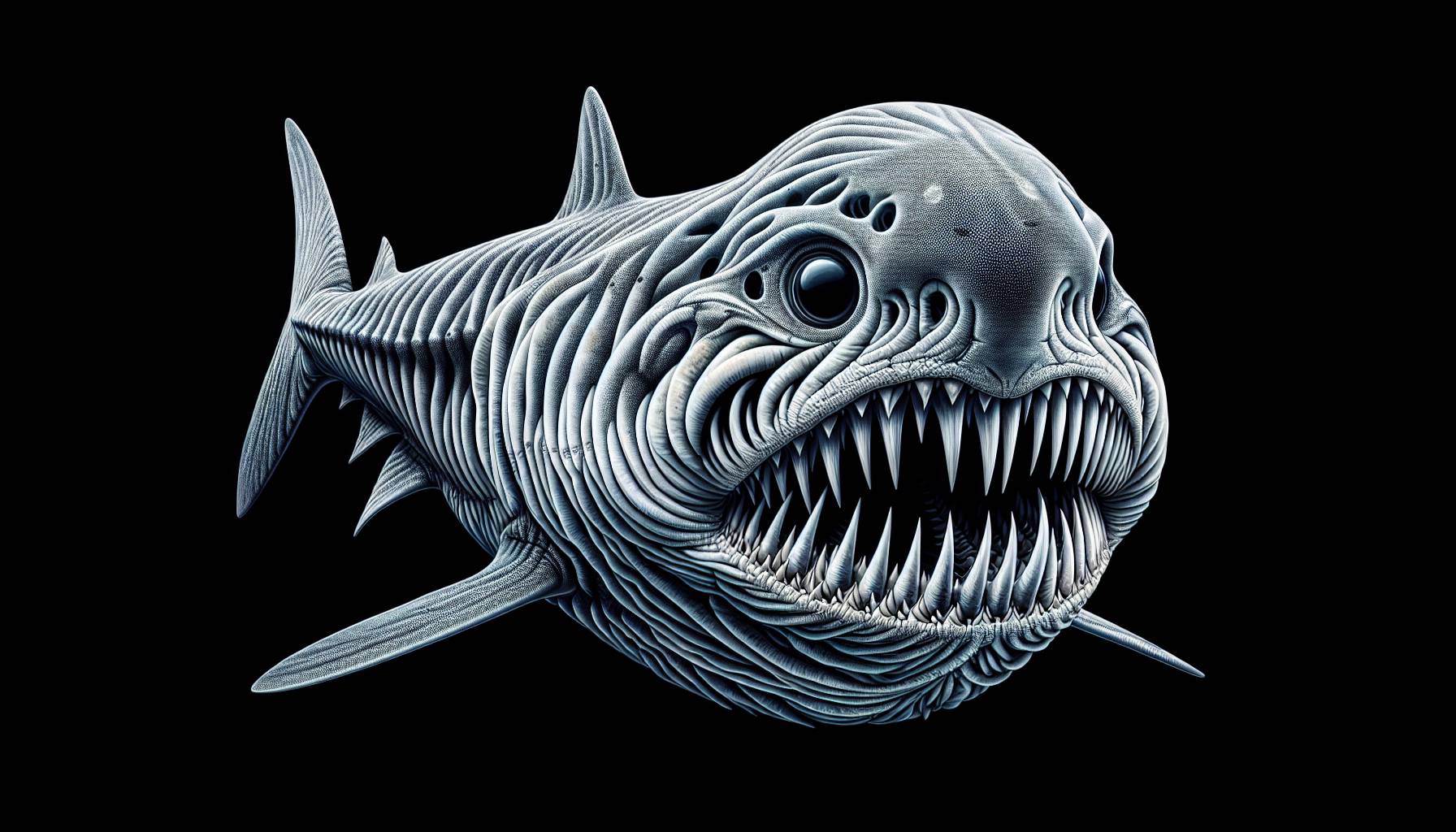
New Species of Ancient Shark Discovered in Kentucky

UK Appoints First Female Astronomer Royal After 350 Years

Send a Message to Space from Blackpool Pleasure Beach

More News coming up

Artemis II Astronauts Prepare for Moon Trip

The Unexpected Origins of Potatoes and Tomatoes

Newly Discovered Australia Stick Insect Surprises Experts

New Species of Ancient Shark Discovered in Kentucky

UK Appoints First Female Astronomer Royal After 350 Years

Send a Message to Space from Blackpool Pleasure Beach

